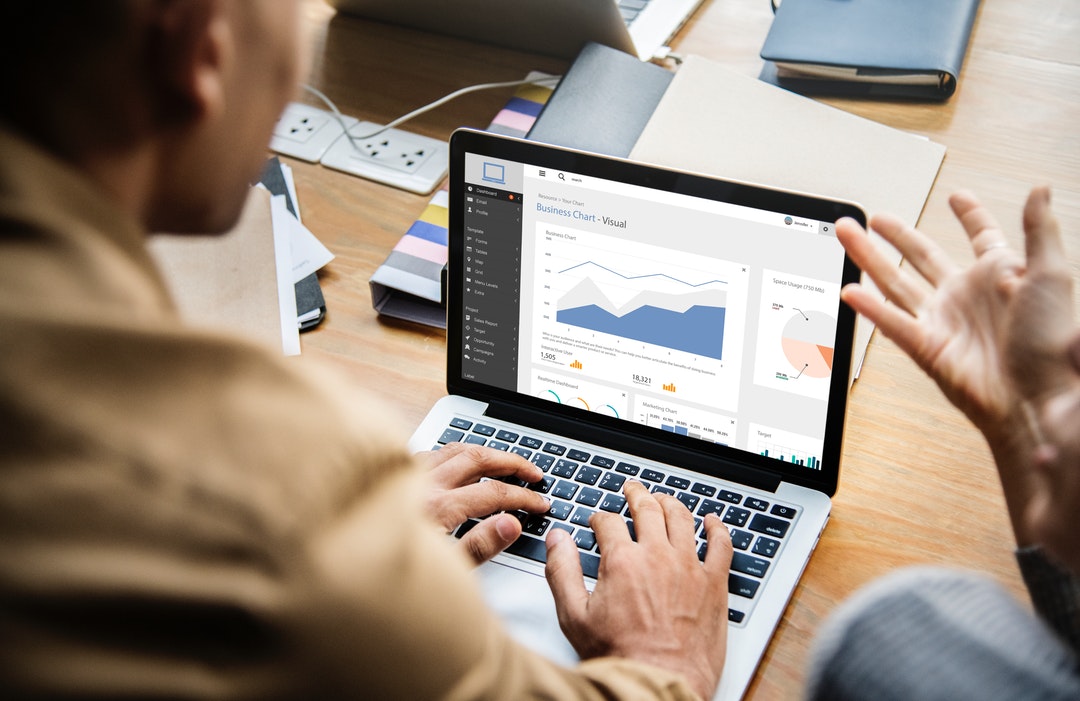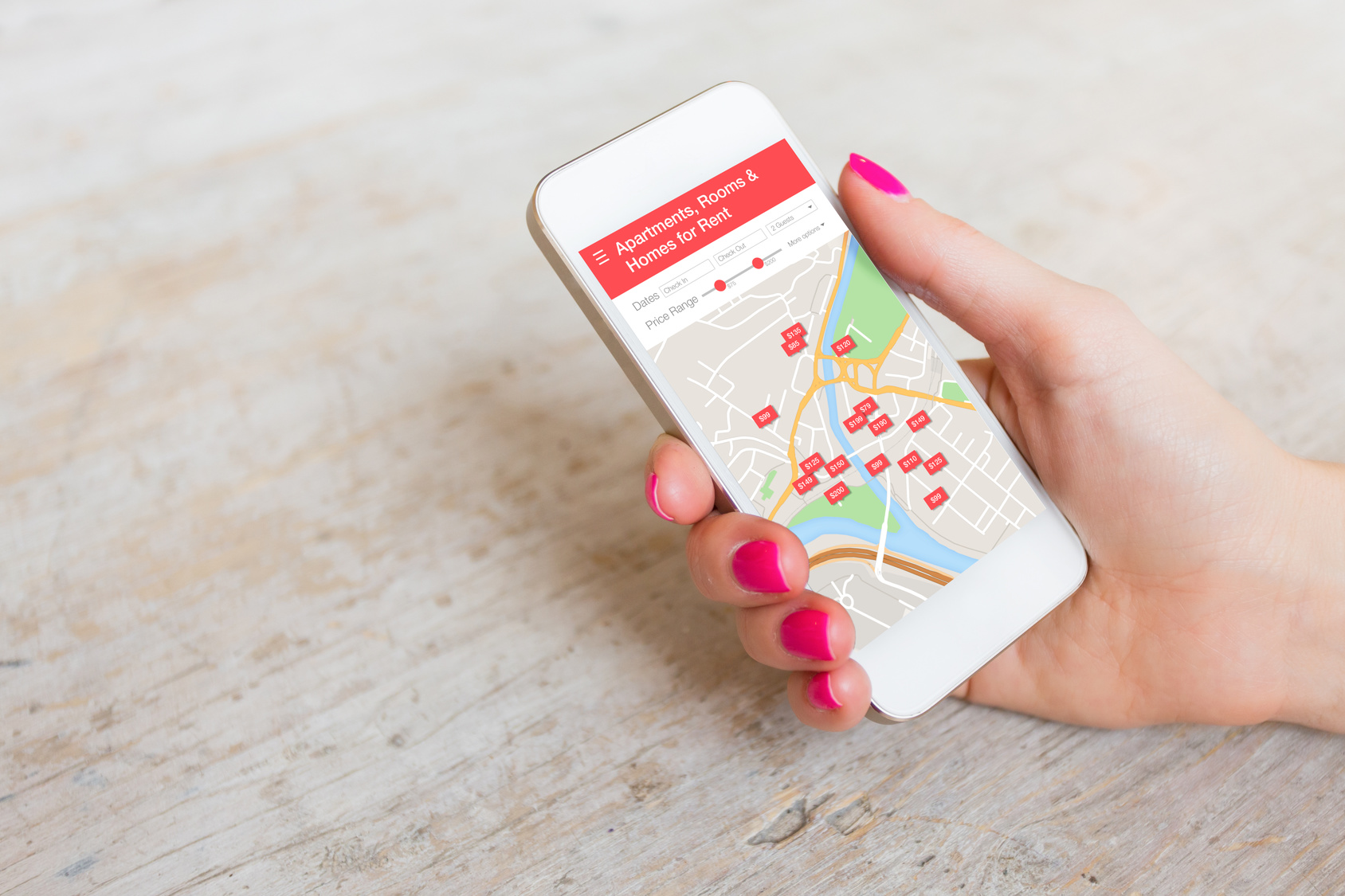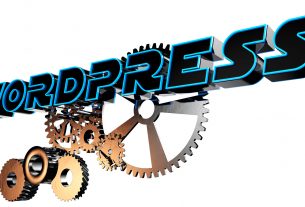Are you desperate to improve your site’s downloading speed?
A website’s download speed can greatly impact user experience. In fact, the longer it takes for your site’s content to load, the higher your bounce rate is likely to be.
A bounce rate refers to the percentage of site visits that are one-page visits. High bounce rates can harm Google rankings and decrease longterm traffic.
Luckily, there are plenty of solutions when it comes to improving loading speeds.
In this post, we discuss how to improve download speed, no matter what website you manage!
1. Get Rid of the Unnecessary
The surest way to improve your site’s download speed is to clean up what ultimately is unnecessary. This includes unneeded images, CSS, and JavaScript.
If you use WordPress, it may also mean getting rid of any excess plugins. A lot of website managers quickly forget about the number of plugins they’ve acquired. Some may require updates or a quick ‘delete.’
Identify what is strictly necessary for your site and eliminate anything that doesn’t fit within your needs.
2. Compress Appropriate Files
Your site is made up of hundreds if not thousands of files.
The larger these files are, the longer it will take for them to download. This is especially the case when it comes to media of any kind, including interactive content or live video like IPTV.
Make sure you compress all applicable files. This means taking existing files and tightening them, making them ultimately easier to manage–and faster loading!
Gzip is a generic file compression tool, although it cannot be used on all sites. If you use WordPress, you have scores of compression plug-ins to choose from.
One that is ideal for image-heavy sites is WP Smush.it, a plug-in that compresses image files for easier loading.
You will also want to minify and/or combine CSS and Javascript files. Explore the WordPress plugin WP Rocket to learn more about this.
3. Optimize Your Images
Speaking of images, make sure all of the photos on your site are optimized for quick downloading. This is an essential component of website improvement designed to enhance user experience.
Images can transform user experience, especially if they are compelling and integrated beautifully with your content. Yet if these fail to load in time, your users are only experiencing part of what your website has to offer.
Optimize your images first by compressing them, using a WP plugin or a tool like Gzip. Aim for lossy compression, a type of compression that removes excess data from a photo without sacrificing on quality.
In general, JPEG files are easier to manage with respect to download time. If possible, aim for all of your images to be JPEGs.
4. Consider Using a Content Delivery Network (CDN)
A content delivery network (CDN) hosts all of your site’s media files on its own network.
Relying on a CDN can reduce bandwidth dramatically. This can ultimately lead to faster downloading content.
A CDN is valuable for sites that are media-heavy, especially those with a lot of audio and video content. This is because CDNs are primarily efficiency tools, hosting your files on multiple servers situated globally.
Using a CDN means that your international clients don’t have to wait for your content to load. Every visitor is guaranteed the most efficient loading mechanism possible.
CDNs can be costly, but they offer one of the surest ways to boost downloading speeds.
5. Use the Right Web Host
If you don’t opt for a CDN, make sure you are using a web host that suits your hosting needs.
There are scores of hosts out there. It can be difficult to choose the one likely to support your loading needs.
Moreover, you may not even be aware of the impact a host can have on site loading time!
Make sure you are using the right web host for your needs. Sometimes this means upgrading to a more expensive host or plan, but the investment may be worth it.
Learn more about web hosting solutions for small businesses here.
6. Cache Your Content
When you cache your site’s content, you essentially store memory of frequently accessed pages in a browser.
Cached content is faster to access and can promote quick download times for returning visitors.
WordPress users can easily install a plugin to take care of caching. We recommend WP Fastest Cache.
If you don’t use WordPress, you can cache your content manually by adding Expires headers into your code.
7. Identify Broken Links (and Fix Them)
Broken links refer to any internal links on your site that lead to an Error or Not Found page. These can deter visitors from your site.
But they can also tax your bandwidth, even though they aren’t ultimately productive.
You can figure out how many broken links exist on your site by using Google Webmaster Tools and visiting the “crawl errors” tab. Remove all of these or replace them with existing links to boost page loading speed.
8. Test Your Downloading Speed Often
If you are always adding new content to your site, its downloading speed is apt to change. For this reason, it’s vital to test its downloading speed often.
Monitor your site’s download speed on a daily and weekly basis. Keep tabs on bounce rates and loading speeds by using Google Analytics.
If you feel you don’t have the time to monitor your download speed in this way, consider outsourcing. At Server Uptime, for example, we manage and monitor site speed so that our clients don’t have to.
Final Thoughts: How to Improve Download Speed
If your site has a lot of content to download per site visit, it may suffer from slow download speeds. Longer download time can deter visitors and decrease conversions!
If you’re wondering how to improve download speed, wonder no longer. Decrease downloading speeds by relying on a Content Delivery Network (CDN) or effective web host. Make sure your files, including images, are appropriately optimized and compressed.
If you use WordPress, you can easily accomplish these things by installing the right plugins. For non-Wordpress users, simple code and compression can assist.
At Server Uptime, we care about your site and it’s capacity to deliver content quickly. Get reliable website monitoring here!




